Welcome to part three of a four part series of travelogues to walk you through a total of 40 images from my 2015 Iceland Tour and Workshop with Tim Vollmer and a group amazing participants.
We pick up the trail after breakfast on September 27, as we made a stop in the town of Vik to photograph the church on the hill, that we see in this photograph (below). This is another photograph that is basically a retake of an earlier, similar image, now that I’m shooting with the ultra-high resolution Canon EOS 5Ds R. The conditions weren’t quite as good, because there was a more dramatic sky and better light, so I think I still prefer my 2013 version, but here this is anyway.
I rescued this image to a degree with Color Efex Pro to bring out a little more of the colour, restoring it to what I recall from the day, but there was a bit of mist in the air, that in reality was reducing the clarity of the image a little, and slightly muting the colours.
I forgot to mention in last week’s episode, that most of my Landmannalaugar images have also got a little bit of Color Efex Pro applied, to bring out the colour and detail a little more. those images are much more how I recall the scene, although they perhaps look a little bit too punchy for some peoples’ liking.
After a little shopping therapy at the Icewear store in Vik, we drove for a few hours towards Jökulsárlón, but stopped on the way at this wonderful spot where the Kálfafell mountain is often reflected beautiful into a pond, as we see here (below).
There was no wind at this point in time, so we got some great shots with an almost perfect reflection. I shot this at f/11 with a 1/250 of a second shutter speed at ISO 400, at 24mm. I don’t recall right now if there was a reason I didn’t drop the ISO down a little and use a longer shutter speed, but I could have done without the wind.
Shortly after lunch, we arrived at Jökulsárlón, the glacial lagoon that we’d spend a lot of time at over the following three days. You could plan a shorter amount of time here if you were just looking for a “hey, I was here” type of photograph, but weather conditions can be a bit tricky, so we take the time necessary to give us a chance to produce something a little more beautiful. Even so, we had challenging conditions for most of our three days, but it didn’t stop us making some beautiful photos. Probably the calmest weather was on this first afternoon, as we can see in this photo (below).
As much as I like details, I have found myself using the incredible new Canon EF 11-24mm f/4L lens quite a lot since buying it, and this was no exception. I shot this quite wide at 14mm, with a shutter speed of 1/200 of a second, at f/14, ISO 100. You do have to view it quite large to be able to appreciate the details, but we have the icebergs in the lagoon along the bottom, the glacier in the distance, and then that big Icelandic sky. I also like how the shape of the clouds from the centre to right side almost mirror the shape that the icebergs make below.
I also enjoy picking out details in the icebergs, and although I didn’t get that many of these photos this year, I kind of like this one, where I found a blue Jabawaki peering sneakily at me over the ice (below). I find it useful when looking for details to shoot to keep an eye out for things that we can identify as something else.
I shot this at f/14 for a 1/160 of a second at ISO 100, with my 100-400mm lens at 176mm. To enhance this a little, in Lightroom I decreased the Shadows and Blacks sliders to -36, which deepened the shadows increasing the contrast and drama. I also increased the Clarity to +60 and Vibrance to +15, and the Saturation slider to +30. This increases the blueness of the ice a little. The ice is already blue, but I sometimes like to give it a little bit of a boost like this, to bring the scene closer to how I recall it.
The following day, on September 28, the weather was forecast to go a little pear-shaped again, with rain and high winds. Another group at the same hotel decided to stay at the hotel, but I hate to do that when there is a chance that we can do something, so I took my group out, and we headed over to the next glacier along from the lagoon. As we crossed the bridge over the estuary from the lagoon though, the tide was going out, and some icebergs were trapped in the channel, with water gushing around their bases, so we stopped to shoot some images like this one (below).
This is a 1/4 of a second exposure at f/16, ISO 100, at 312mm with my 100-400mm lens. A quarter of a second is long enough to allow the water to blur, as we can see, so I was looking for details on the iceberg that would make a nice semi-abstract image with the flowing water. This deep blue glacial ice made the perfect subject, although it really is just a tip of the iceberg, as they say.
We went on to photograph the neighbouring glacier, and there are a couple of images from there in my final selection, but I won’t include them here, as I’ve prioritised other images to keep the numbers down to just forty for these four episodes.
The following morning, we did another dawn shoot, and there was still a full moon in the sky, the day after the super-moon, which we could not see by the way, as it was overcast. We were treated to some beautiful colour in the clouds though as the sun came up, so I went wide again to capture this image (below), mainly of the clouds, with the glacial lagoon below, and a somewhat tiny but almost full moon.
I love the detail in this cloud, and the way the morning clouds are enshrouding the glacier along the horizon, just below the moon. I’m not a fan of the choppy water in this photo, along the bottom, but it was very windy again, so there wasn’t much we could do about that.
When we were at this spot, one of the icebergs flipped, taking about 20 to 30 seconds, crunching and churning, and creating a bit of a wave that washed up the beach on which we were standing. It was an amazing sight, but the entire group, including me of course, just stood and watched it in awe. Of course, a photograph wouldn’t have done it justice without capturing the movement, but I do wish I’d thought to get my iPhone out to video it. That’s one unrecorded event that will haunt me for a while, but it is a very cool memory from the trip. I’ve seen icebergs flip in Antarctica as well, and this was equally as dramatic because of the close proximity of the surround bergs–all of them cracking and crunching together, it was quite amazing to see.
After the sun had come up, we walked across to the beach where there is usually a lot of ice from the lagoon washed up. The high tide along with very strong winds had actually dumped a ridiculously large amount of ice on the beach, making it quite difficult to single out isolated pieces, like the one we see in this next image (below).
You can see just how strong the wind was here, with the spray blowing off the crest of the wave shortly before it breaks on the beach. I was playing with long exposures as well, but with the amount of movement, you get a very different look to the usual smoothed over water, as we’ll see shortly. Here I think the shutter speed of 1/100 of a second that I chose freezes the wave enough to show the dynamic nature of the scene, which I tended to prefer for some of these photographs. I set the aperture to f/16, with an ISO of 100 at 70mm, the long end of my 24-70mm lens.
We returned to the beach later in the day, actually after the tide had gone out, leaving a lot of large pieces of ice on the beach and just off shore, as we can see here (below). These car-sized pieces of ice are technically known as growlers, because of the sound that they make as the rattle along the hull of ships at sea. You can also see here what I mean about long exposures with rough seas. This is a 5 second exposure, which leaves the rough sea looking like candy floss or cotton candy instead of the usual smooth water that you get.
I exposed quite a few frames at this location, because the force of the sea often moves the ice a little bit during the exposure, and although that can look quite effective, generally it just looks messy, so I wanted to give myself some frames where nothing moved other than the water. You might also notice that I composed this not only with the small chunk of ice on the beach and growlers to the left of the frame, but there is also a line of ice leading out into the sea to one last distant piece in the top right of the frame.
I was shooting this image (above) with my 24-70mm lens on a tripod, of course, but I had my 100-400mm on a second 5Ds R slung over my shoulder, which I was very happy to have as I looked up and saw this iceberg (below) looking almost like a Viking ship, and it was just storming out of the channel from the lagoon, with the tidal waters, almost as though it had an outboard motor on it.
I zoomed in to 400mm and shot this at f/11 with a shutter speed of 1/500 of a second at ISO 100. I love this shot for how it depicts the power and dynamism of the rough sea, and yet the blue of the iceberg and other splashes of blue make beautiful accents in the chaos.
Thirty minutes later, as I continued to shoot long exposures, I saw another largish iceberg come out of the channel, and once again swung my 100-400mm lens up from over my shoulder, to capture this image (below). Again, I like the dynamism and splashes of blue, as well as that bit of green from the backlit wave running across the centre of the frame.
You can also see the crazy amount of ice that was washed up on the beach in this shot. I’d honestly prefer less ice, but with nature you do what you can with what you have, and I think these images are nice bonus photographs under the circumstances. I shot this at f/11 with a shutter speed of 1/640 of a second at ISO 200, again at 400mm.
After this, we headed over to Fjallsjökull for one last glacier shot of this series, but we’ll wrap this up now for today, and take a look at that at the beginning of the fourth episode next week, before we go on to look at some waterfalls and Icelandic horse photos to conclude this travelogue series.
Greenland 2016
Before we finish, I also wanted to mention that in addition to my 2016 Iceland Full Circle Tour, I have teamed up with Tim Vollmer for a new tour in Greenland, that promises to be pretty amazing!
We’ll be visiting the eastern side of Greenland with fjords and beautiful scenery, glaciers and huge icebergs which we’ll explore from boats and helicopters, and we’ll be on land too, shooting both the incredible scenery and a number of cultural experiences as we photograph the local people making kayaks and performing an Inuit Drum Dance. For details and to book your place, visit mbp.ac/greenland2016.
Show Notes
Details of our Greenland 2016 Tour and Workshop: https://mbp.ac/greenland2016
Details of Iceland 2016 Full Circle Tour and Workshop: https://mbp.ac/iceland2016
 Subscribe in iTunes for Enhanced Podcasts delivered automatically to your computer.
Subscribe in iTunes for Enhanced Podcasts delivered automatically to your computer.
Download this Podcast in MP3 format (Audio Only).
Download this Podcast in Enhanced Podcast M4A format. This requires Apple iTunes or Quicktime to view/listen.

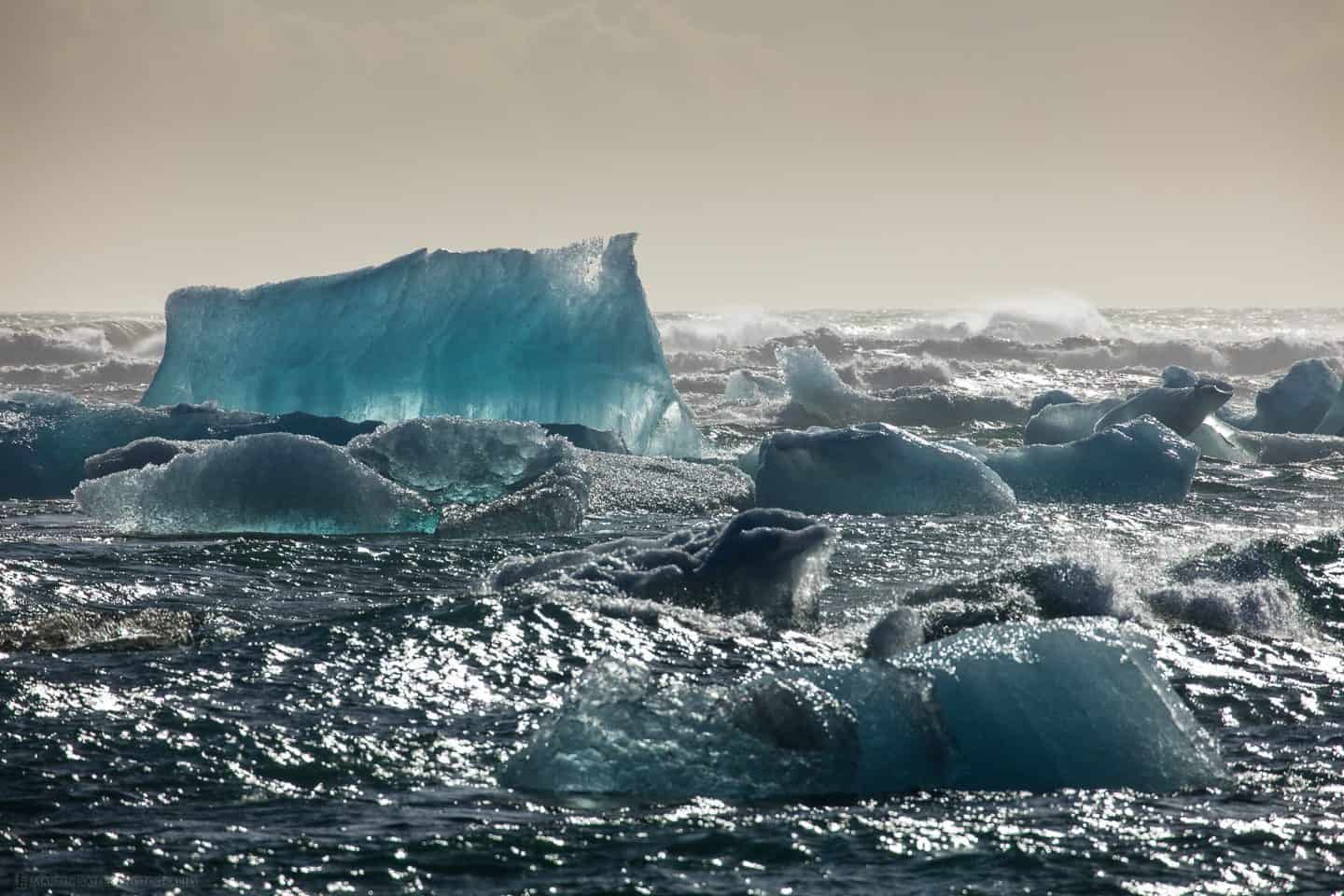
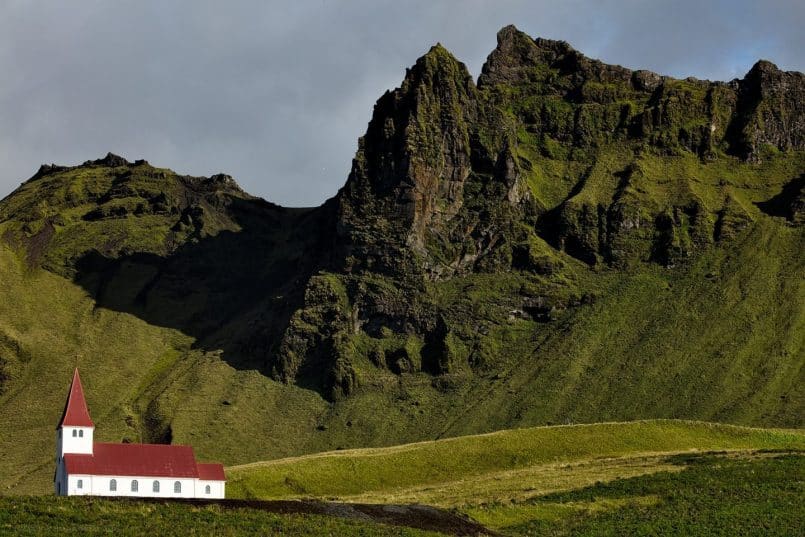

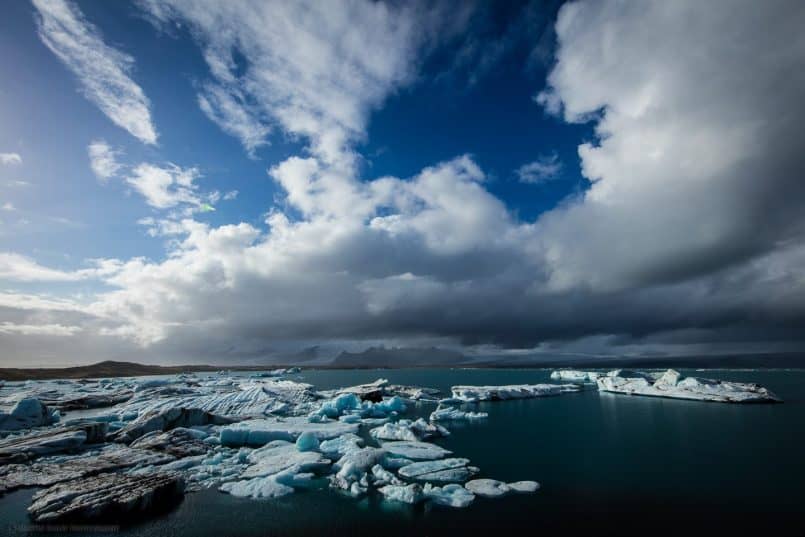
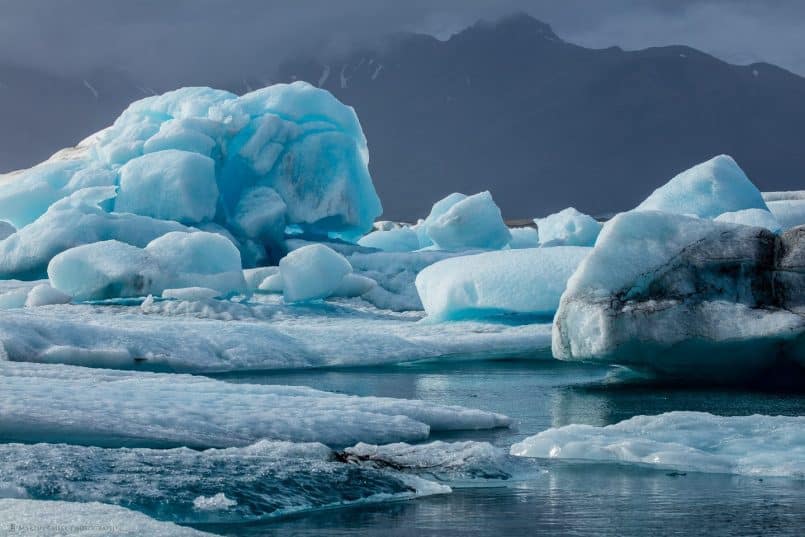

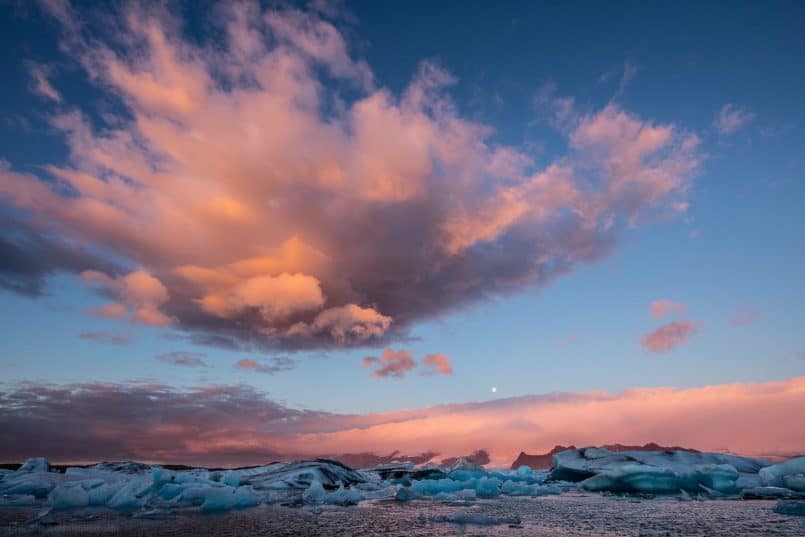
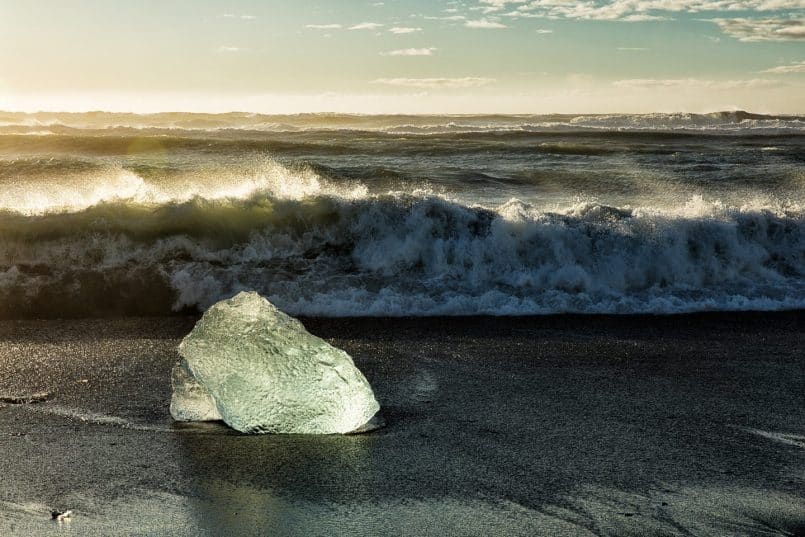
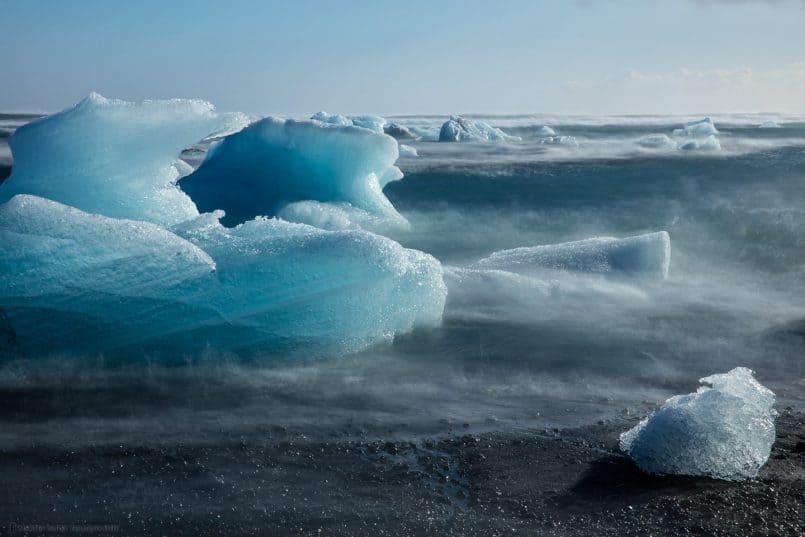
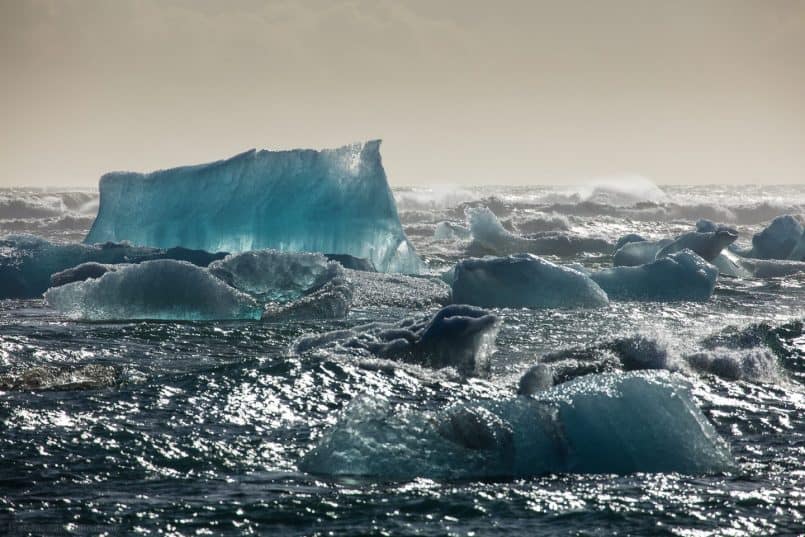
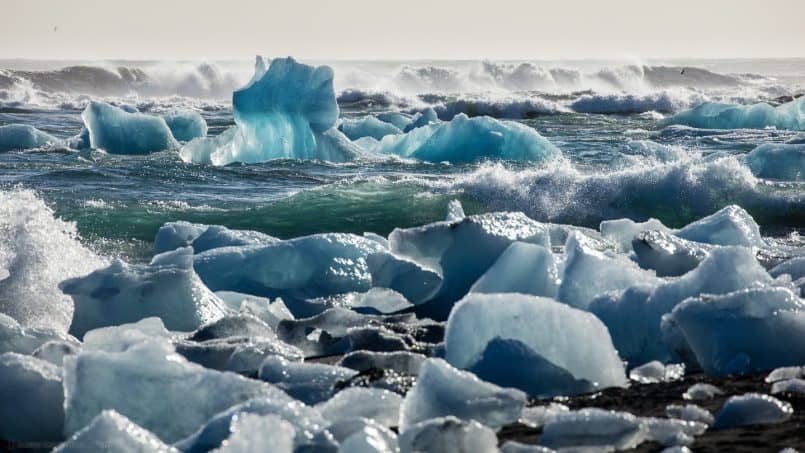
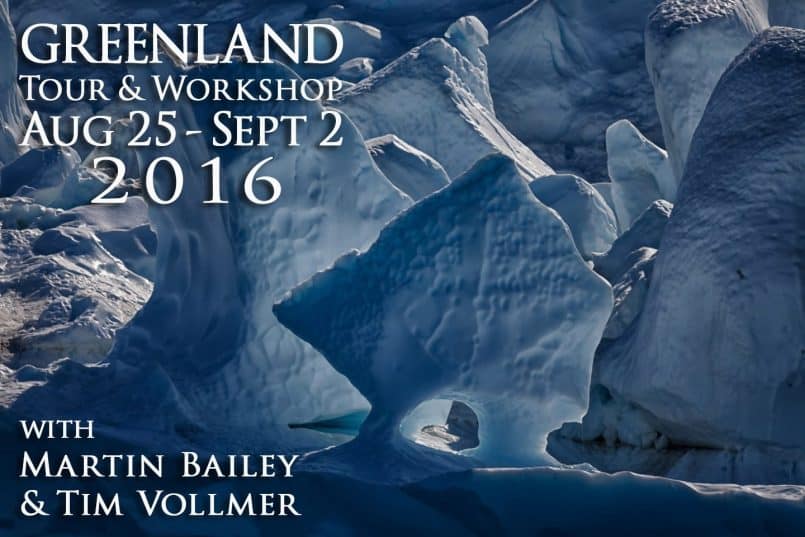

0 Comments